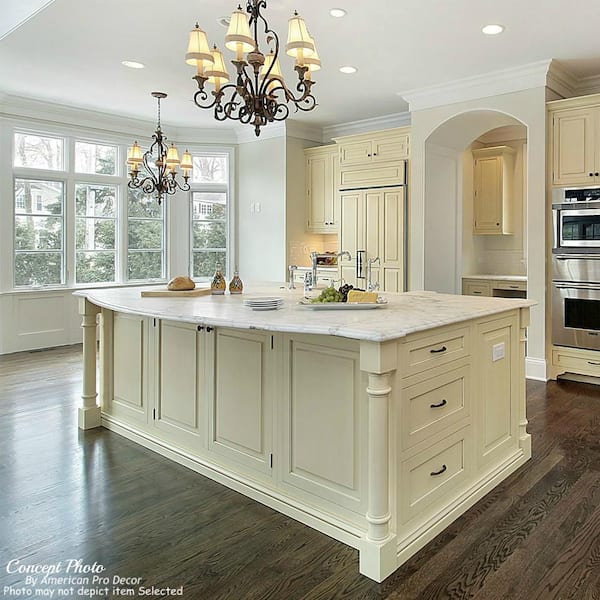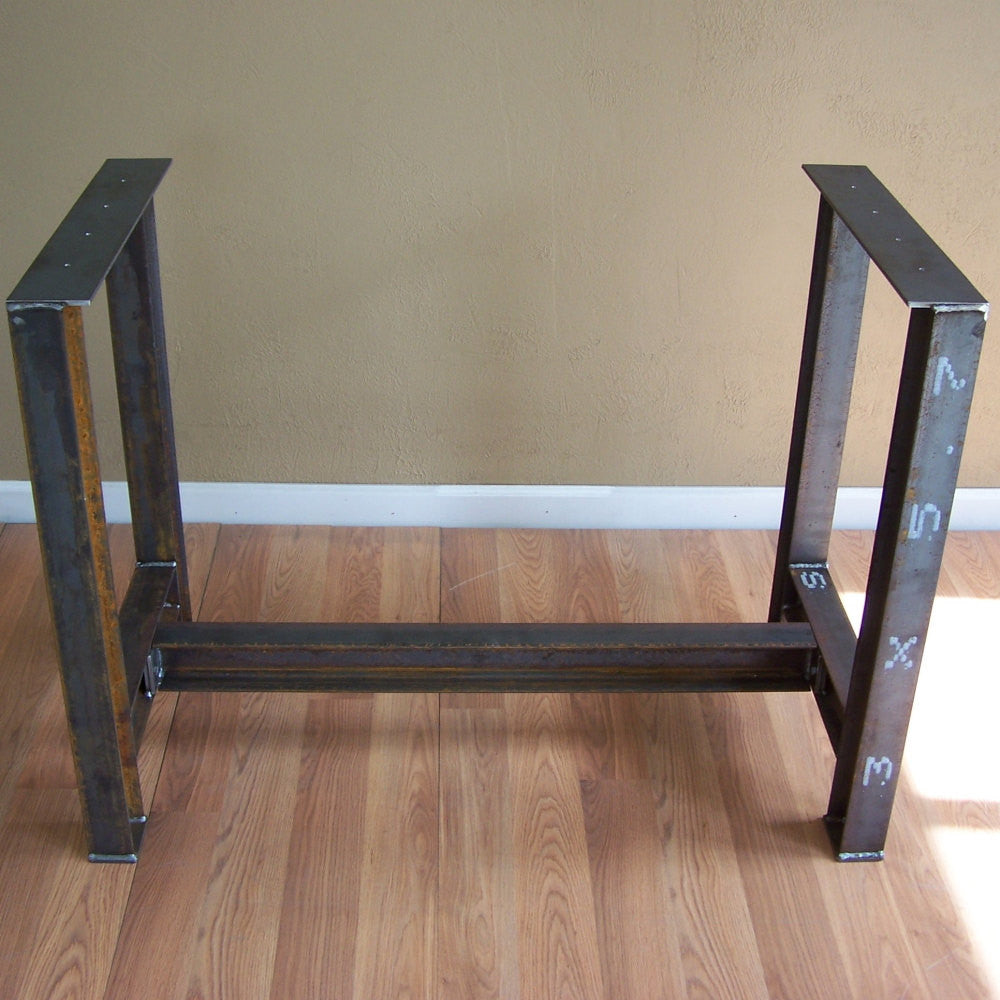Tailor Your Kitchen Look with Distinct Legs For Kitchen Island Alternatives
Tailor Your Kitchen Look with Distinct Legs For Kitchen Island Alternatives
Blog Article
Vital Elements to Consider When Selecting Legs For Kitchen Island
Choosing the ideal legs for a kitchen area island entails a mindful analysis of multiple aspects that can significantly influence both capability and visual appeal. As we check out these elements, it comes to be clear that each decision can have far-ranging ramifications for the overall cooking area experience.
Product Options
When picking legs for a kitchen area island, recognizing the various product alternatives is essential for accomplishing both visual charm and structural honesty (Legs For Kitchen Island). The choice of material substantially affects not only the toughness of the island yet also its general style and capability
Wood is a popular option, supplying heat and versatility. Solid hardwoods, such as oak or maple, supply toughness and can be stained or painted to match the kitchen design. Steel legs, commonly made from stainless-steel or functioned iron, contribute a industrial and modern feel while guaranteeing toughness and security. These products are immune to use and can sustain significant weight, making them excellent for bigger islands.
An additional choice is engineered materials, like MDF or plywood, which can be more cost-effective while still offering a variety of coatings. They may not provide the very same degree of stability as solid timber or metal. Legs For Kitchen Island. Lastly, products such as acrylic or glass can produce a contemporary appearance, though they might need additional assistance to make sure stability.
Ultimately, the option of product for kitchen area island legs must straighten with the desired functionality and the total style of the kitchen area.
Design and Design

When taking into consideration style, the shape and finish of the legs are crucial. Conical legs can supply a feeling of agility and sophistication, while thicker, extra durable legs can share toughness and security. Furthermore, the surface-- be it painted, discolored, or natural-- ought to complement the cabinetry and countertop materials to develop a unified appearance.
In addition, the layout of the legs can likewise show personal taste. Custom or attractive legs, such as those including complex carvings or distinct geometric shapes, can offer as centerpieces, adding character and personality to the cooking area. Inevitably, the ideal choice will not just improve functionality but additionally raise the aesthetic allure, making the kitchen area island a standout function of the home.
Height Factors To Consider
Selecting the suitable elevation for kitchen area island legs is important, as it directly influences both performance and convenience. The common height for a kitchen island commonly varies from 36 to 42 inches, aligning with usual countertop elevations. A 36-inch height is ideal for cooking and cooking, permitting for comfortable usage of kitchen area appliances and devices. Conversely, an elevation of 42 inches is frequently favored for islands planned for bar seats, accommodating taller stools and offering a casual dining experience.

It is also necessary to make up individuals' preferences and heights. Tailoring the height can ensure a comfy experience for all relative, making the kitchen area island a more functional and delightful area.
Weight Support
Making sure sufficient weight assistance for kitchen area island legs is vital for both safety and security and functionality. The cooking area see island typically serves several purposes, consisting of food preparation, dining, and added storage, demanding a robust assistance structure. When choosing legs, it is critical to think about the total weight capability called for based on the island's meant usage and the materials that will certainly be put on it.
The option of product for the legs plays a significant function in their weight-bearing capacities. Solid timber, steel, and heavy-duty composites usually provide remarkable strength compared to lighter materials. In addition, the design of the legs-- whether they are directly, tapered, or have a pedestal type-- can affect their ability to distribute weight successfully throughout the structure.
Furthermore, the leg positioning need to be strategically prepared to improve security. Legs positioned at the edges or with a bigger base can better support much heavier tons. Constantly consult the producer's specs pertaining to lots limits to ensure that the legs can sustain the designated weight without jeopardizing security. In recap, choosing cooking area island legs with ample weight assistance is essential for creating a safe and functional culinary space.
Installment and Upkeep
Appropriate setup and maintenance of cooking area island legs are essential for making certain durability and stability. To begin, it is vital to adhere to the maker's guidelines throughout setup. This typically involves safeguarding the legs to the space station using appropriate bolts, guaranteeing that the legs are level and straightened. Utilizing a degree tool can aid stop wobbling and boost the general aesthetic charm of the kitchen island.
Once mounted, regular upkeep is necessary to protect the honesty and appearance of the legs - Legs For Kitchen Island. For wood legs, periodic cleaning with a wet cloth and application of appropriate timber polish can protect against moisture damage and keep their finish. Steel legs might require a gentle cleansing solution to eliminate oil and grime, complied with by a completely dry cloth to stop corrosion development
Additionally, examine the legs consistently for signs of wear or damage, such as cracks or loose joints. Tightening screws or bolts as needed can likewise extend website link the life-span of the legs. By sticking to these installment and upkeep techniques, homeowners can ensure that their kitchen island remains durable and visually appealing for many years to find.
Final Thought

Visual comprehensibility is critical in choosing the design and layout of legs for a kitchen island, as these aspects considerably affect the total ambiance of the space. Tapered legs can offer a feeling of agility and style, while thicker, more robust legs can convey strength and stability.Selecting the proper elevation for cooking area island legs is critical, as it straight impacts both functionality and comfort. In summary, selecting kitchen island legs with adequate weight support is important for creating a risk-free and practical culinary space.
In conclusion, selecting legs for a cooking area island demands mindful factor to consider of different aspects, including material options, style, elevation, weight visit assistance, and setup.
Report this page